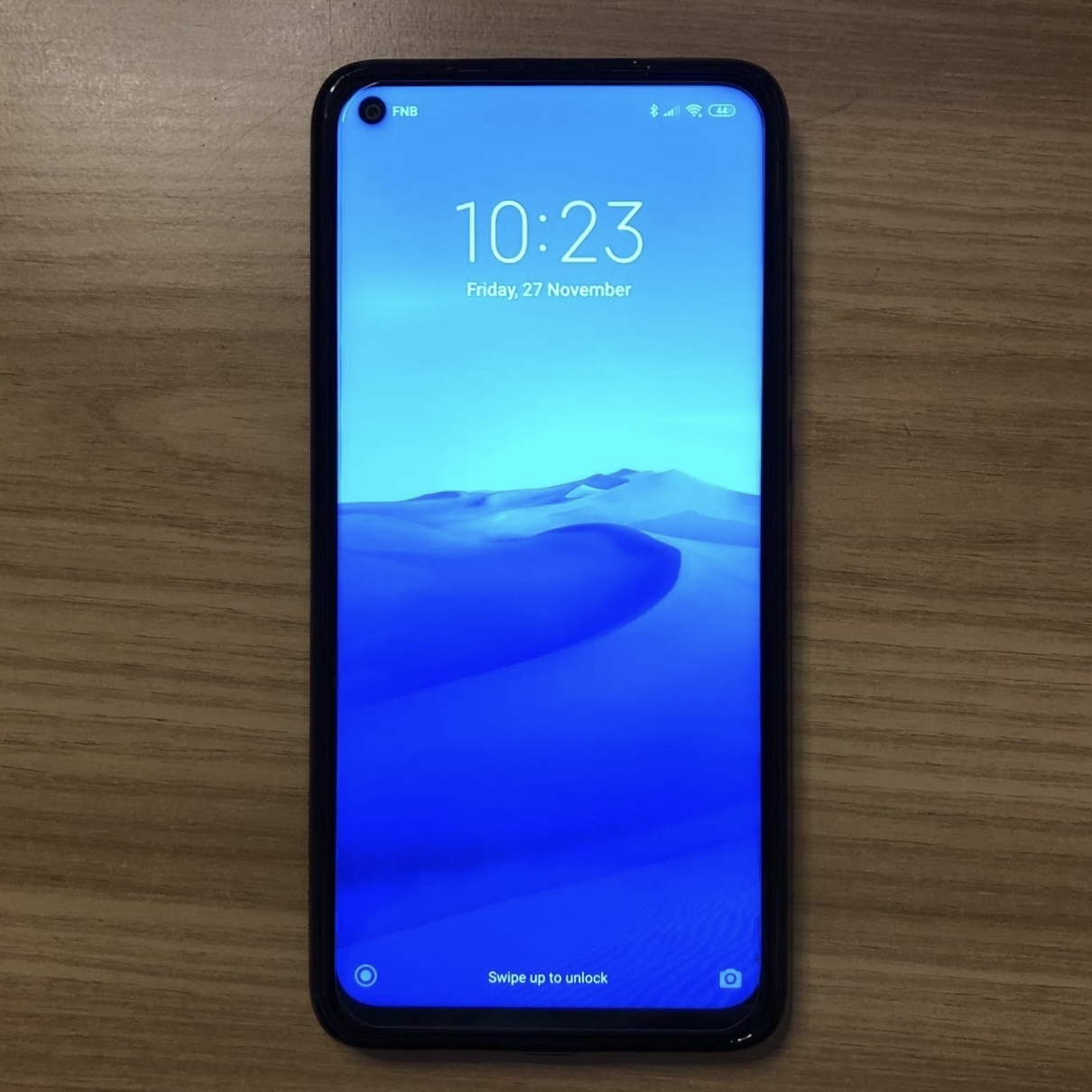Featured
Xiaomi Redmi Note 9 goes all-in with gaming
The Xiaomi Redmi Note 9 provides serious gaming performance for those on a budget. BRYAN TURNER puts the device to the test.
Share
- Click to share on X (Opens in new window) X
- Click to share on Facebook (Opens in new window) Facebook
- Click to share on LinkedIn (Opens in new window) LinkedIn
- Click to email a link to a friend (Opens in new window) Email
- Click to share on Reddit (Opens in new window) Reddit
- Click to share on WhatsApp (Opens in new window) WhatsApp
- Click to share on Pinterest (Opens in new window) Pinterest
There are three defining mobile games that can make or break a phone: PUBG, Fortnite, and Dead By Daylight. The Xiaomi Redmi Note 9 runs all three without breaking a sweat.
The device features a Helio G85 processor, which results in a huge improvement on last year’s Qualcomm chipset. This is very surprising, because performance usually takes a knock when a manufacturer moves away from Qualcomm.
Unpacking the box, users will get the full-speed 22.5W fast charger, a high-quality USB-Type-C cable that looks like it will stand the test of time, and a clear thermoplastic polyurethane (TPU) case. What’s not included are earphones, but users will probably either opt for wireless or use a pair that they have already.
On the back of the device is a square quad-camera array, which is seated in the middle of the phone to create a neat, symmetrical look. A rear fingerprint sensor is positioned below the cameras within a black rectangle. This design language is really neat and it makes the device look very premium.
The main sensor is a 48MP f1.8, which can bin down (ie throw away duller pixels) to 12MP for vibrant pictures. The pictures from the main lens come out slightly over-saturated by default, but this can be toned down in editing after the photo is taken. For the average user, this may be appreciated because the saturation makes the colours “pop” more than other brands.
The other sensors include an 8MP ultra-wide-angle lens for fitting more into a frame, a 2MP depth-sensing lens to assist with portrait mode, and a 2MP macro camera. If it’s macro photography you’re looking for, the Samsung A31 is the better option. Overall, however, the Redmi Note 9 wins.
The 13MP takes good photos and works well in lower light conditions, so selfie takers won’t be let down by this device.
The handset came in a glossy Midnight Grey, which looks premium in many lighting settings. It also comes in Forest Green, Onyx Black, and Polar White.

On the left side, a SIM and microSD card tray provide dual-SIM support, which makes this device ideal for those who want to be connected to a cheap data network and another, more reliable, mobile network. On the opposite side, users will find the power and volume buttons, while a USB Type-C port and 3.5mm headphone jack sits on the bottom.
The display is easily one of the best screens one can get on a mid-range smartphone right now, coming in at 6.53 inches, with an 83.4% screen-to-body ratio. While the screen is LCD, it’s a high-quality panel that performs comparably to its OLED competitors, except in direct sunlight. That said, it has a fantastic 1080p resolution with very good colour replication, making it great for watching movies and playing mobile games.
On the topic of games, this device flies. On PUBG mobile, Xiaomi recommends playing with HD graphics (the medium setting) and anti-aliasing off. All other settings like shadows and filters were kept on. The device performed really well with a frame rate of 37 frames per second (fps) in-game, with little to no stutter when entering graphically intensive areas.
On Fortnite, the device was set to medium graphics as well, and capped at 20fps. While it wasn’t as smooth as PUBG Mobile, it didn’t drop any frames and could easily run at 30fps with minimal frame drops.
With the behemoth that is Dead By Daylight Mobile, the configuration was set to low graphics settings and capped at 30fps. By comparison, DBD Mobile’s low graphics setting looks comparable to the medium setting in the former two games. There were a few frame drops with the more complex characters like The Demogorgon and The Doctor but, overall, the game performed well.
Comparing this performance to Exynos equivalents from Samsung’s A range, the Redmi Note 9 makes for a far better gaming option.
This performance is backed by the Helio G85 and a modest 3GB of RAM. The device is optimised by a game mode, which can dedicate more memory and system resources to the game. This helped with the strong performance we encountered when gaming.
With storage, Xiaomi offers a 64GB model, which is modest in comparison to Samsung’s 128GB. The storage can, however, be upgraded with a micro SD card.
At a recommended selling price of R3,999, the Xiaomi Redmi Note 9 packs mid-range performance and features into a device that starts at a low-mid-range price point.
Share
- Click to share on X (Opens in new window) X
- Click to share on Facebook (Opens in new window) Facebook
- Click to share on LinkedIn (Opens in new window) LinkedIn
- Click to email a link to a friend (Opens in new window) Email
- Click to share on Reddit (Opens in new window) Reddit
- Click to share on WhatsApp (Opens in new window) WhatsApp
- Click to share on Pinterest (Opens in new window) Pinterest
| Thank you for Signing Up |















